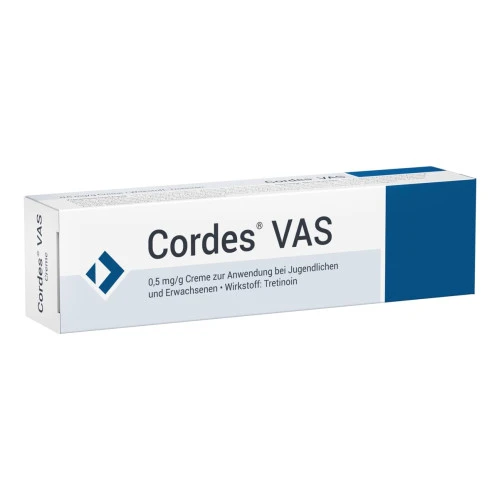Pharmacological action
Adapalene is a retinoid metabolite that acts on the pathological mechanism of Acne vulgaris development, is a strong modulator of cellular differentiation and keratinization and has comedolytic and anti-inflammatory activity. The mechanism of action of adapalene is based on interaction with specific γ-receptors of epidermal skin cells. As a result of the action of adapalene, there is a decrease in the “adhesion” of epithelial cells at the mouth of the sebaceous-hair follicle and a decrease in the formation of microcomedones.
Adapalene has an anti-inflammatory effect in vivo and in vitro, affecting inflammatory factors by inhibiting leukocyte migration at the site of inflammation, suppresses the chemotactic and chemokinetic responses of human polymorphonuclear leukocytes and inhibits the metabolism of arachidonic acid to inflammatory mediators, AP-1 factors and the expression of Toll-like receptors 2.
Pharmacokinetics
Adapalene absorption through the skin is very low (about 4% of the applied dose). Excretion from the body occurs mainly through bile.
Indications for Differin®
mild to moderate acne, including comedones, papules and pustules.
Dosage regimen
For external use only.
The drug should be applied in a thin layer to the acne-affected skin areas once a day before bedtime on clean, dry skin, avoiding contact with the eyes, lips, mucous membranes and corners of the nose.
Noticeable clinical improvement develops after 4-8 weeks of treatment, persistent improvement after a 3-month course of treatment.
Since alternating therapy methods is common in the treatment of acne, it is recommended to consult a doctor about further therapy after 3 months of therapy with the drug.
Contraindications for use
hypersensitivity to adapalene or any of the excipients;
children under 12 years of age (the effectiveness and safety of the drug for this age group has not been established).
Warning: Always consult a doctor before using medications.











